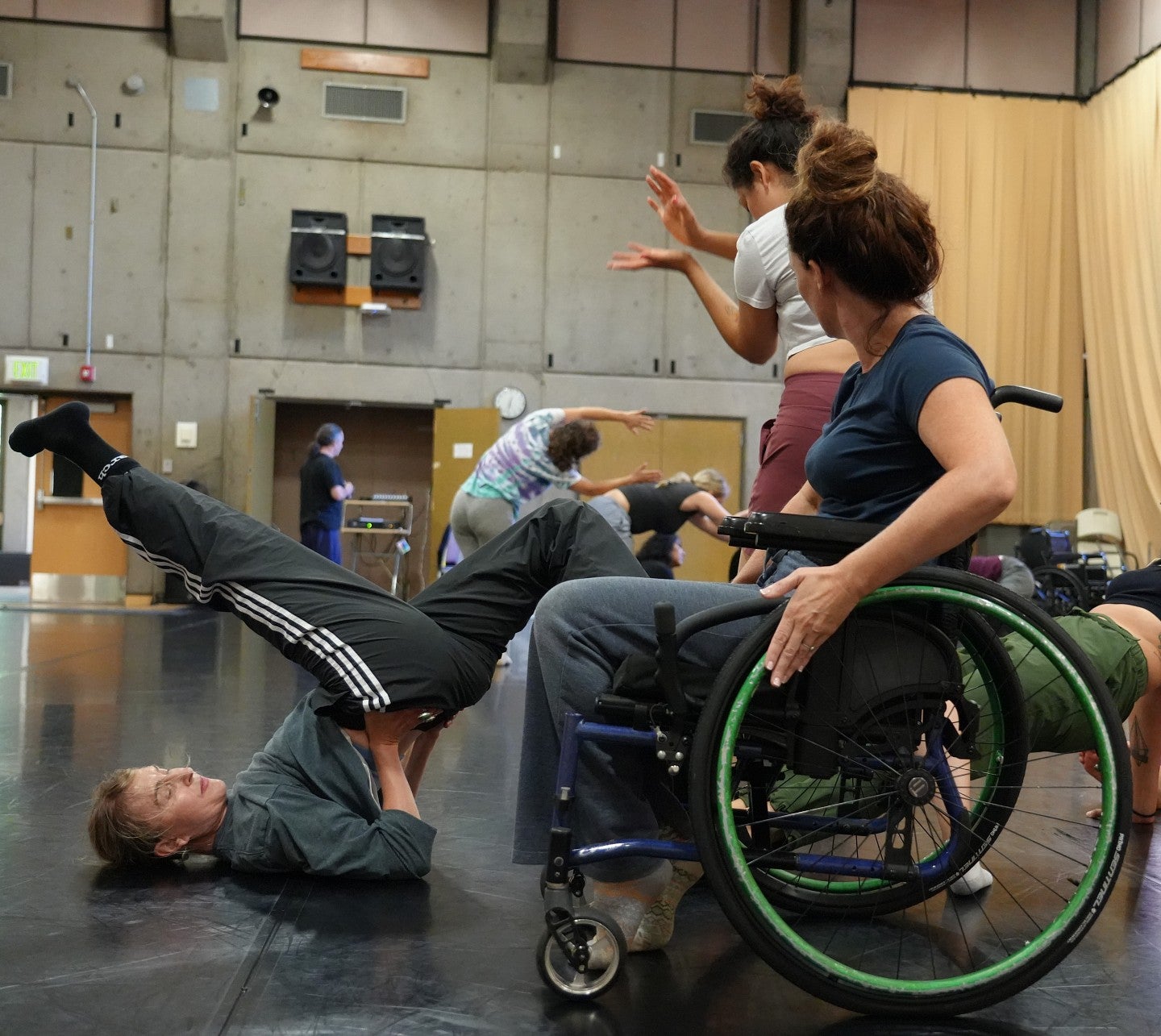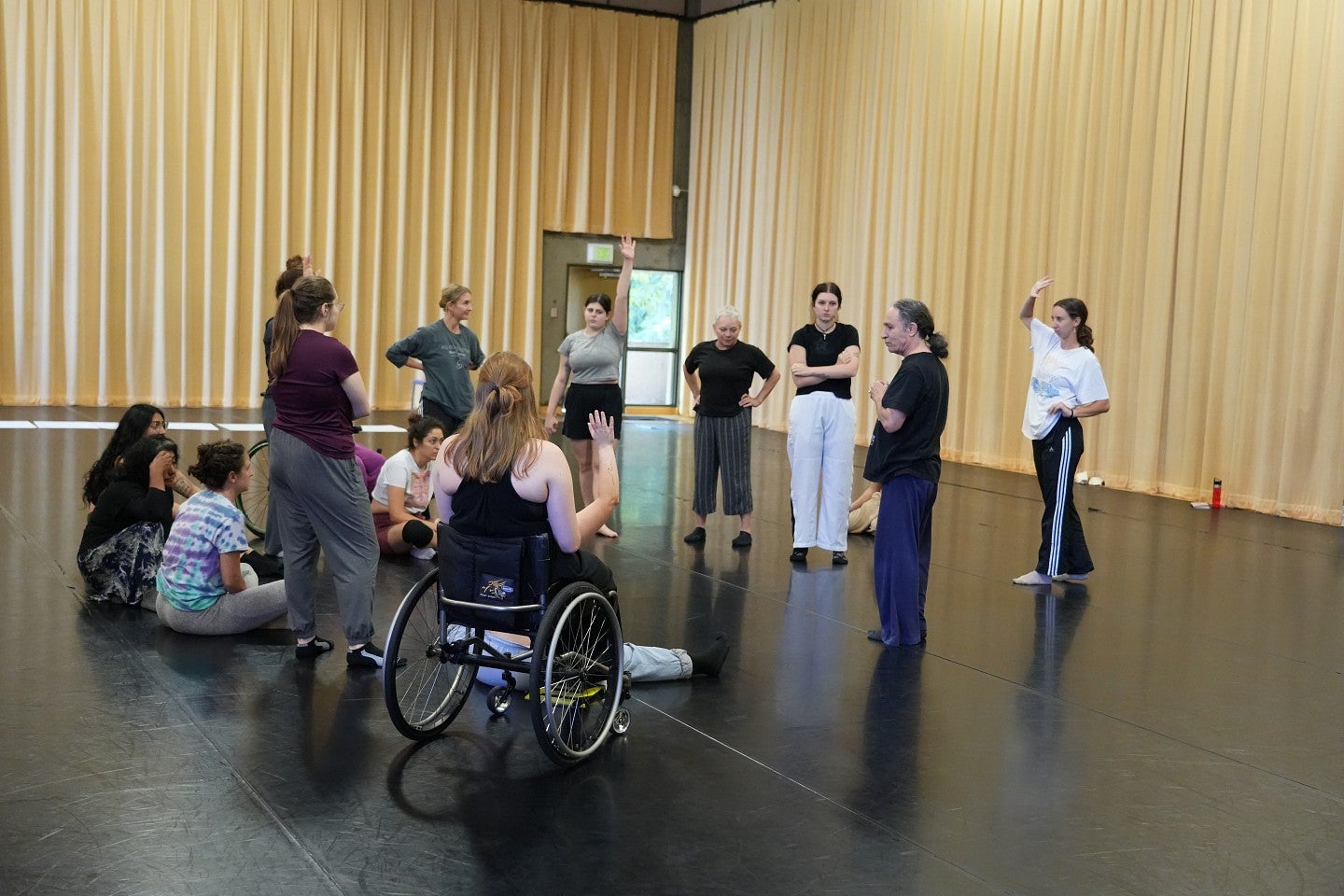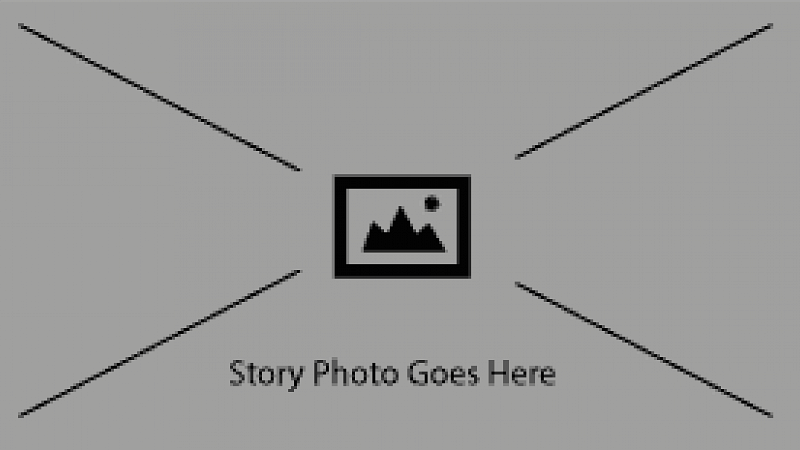
Everyone can dance.
This belief is at the heart of DanceAbility, an improvisational dance method that fosters artistic expression and exploration among individuals with and without disabilities. Founded in 1987, DanceAbility is dedicated to ensuring no one feels isolated when taking part in the art of dance.
In August, DanceAbility International co-founder and University of Oregon alum, Alito Alessi, returned to UO to lead a teacher certification course at the School of Music and Dance (SOMD). Attendees learned how to teach a dance class using the DanceAbility method.
For four weeks, Alessi guided six UO dance students and recent graduates, along with dancers from Italy, Ireland, and Mexico, training six hours a day, five days a week. “This is the most rigorous, as far as I've experienced, methodology for teaching a fully inclusive dance class,” SOMD associate professor of dance, Shannon Mockli, said.
By the end of the program, all fourteen participants were certified in the inclusive method, equipping them with the skills to teach dance to all people in a shared class.
“When someone says that they have a dance class that’s for everyone, they don’t normally actually mean it and it’s not actually accessible to everyone,” BFA dance student, Jayden Deffley, said. “I think it’s eye opening to be learning these new practices and techniques so that as a teacher I can feel prepared to confidently say that and mean it.”
Deffley, who aspires to be a dance teacher after graduation, now feels confident in her ability to create an environment where individuals of all mental, physical, and emotional abilities can participate and thrive.
“The main focus of DanceAbility doesn't have to do with differences in mental characteristics or physicality,” Alessi said. “The problem arises when people are isolated from each other. The focus of the work is to eliminate isolation. In the process of doing that, you need to identify what is possible for every person in this group, and then go to the curriculum with that identified to figure out what's possible for the group to learn.”

Alessi addresses DanceAbility teacher certification participants
Alessi teaches that finding a common ground in a dance class empowers all dancers to engage creatively, while respecting their limits.

It makes me feel more confident just walking into a classroom being like, ‘I know whoever is in that room, I have the skills to teach them and not make anyone feel isolated,’” SOMD dance major, Lilly Fox, said. “No one has to sit out. No one has to leave.
Certified teachers are equipped to apply DanceAbility principles in various settings. “They can employ the method in a dance studio, even if they go into a private studio that teaches codified techniques,” Mockli said. “It can also support their creativity in developing choreography, and should they choose to expand into working with incredibly diverse populations of people, they have that skill set.”
DanceAbility has trained teachers in its inclusive method since 1987
Recognized by prestigious organizations such as the United Nations, National Endowment for the Arts, Fulbright, Guggenheim, and more, DanceAbility has made an impact in 15 countries. A resident of Eugene, Alessi hopes to return to the University of Oregon every other year to continue offering this certification course, following six previous sessions.
Mockli and Alessi extend their gratitude to the University of Oregon Division of Equity and Inclusion for providing full scholarships to two students and to UO SOMD for supporting four additional students in this transformative training.
